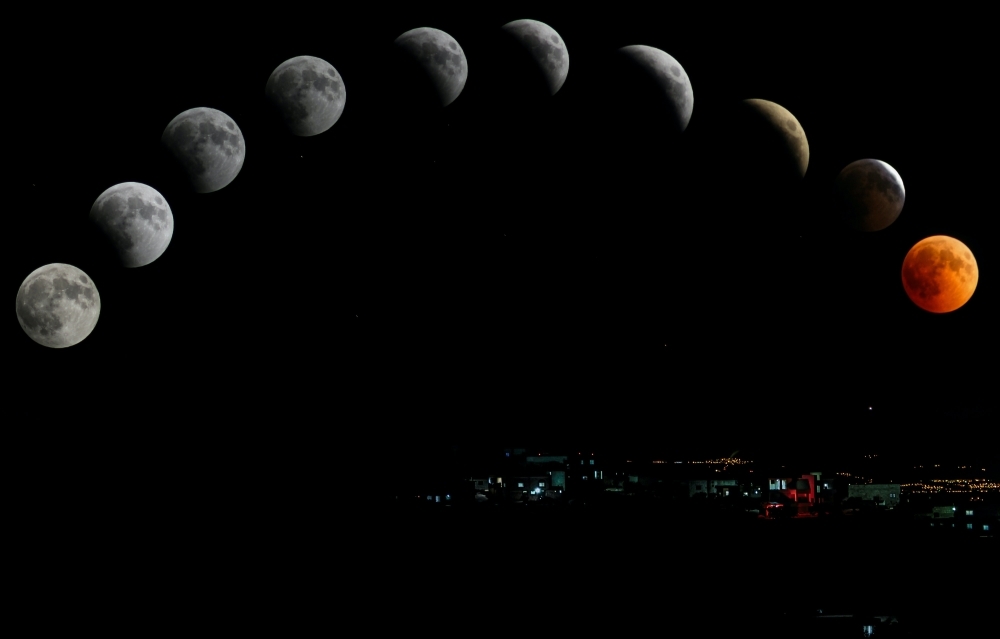There’s a blood moon rising
A blood moon - or rather a total lunar eclipse - will also be visible here in the early morning of 16 May.In Namibia, the peak of the eclipse - when the earth's inner shadow slides over the moon and may appear red - begins around 03:29 and ends at 06:53. Then the moon will sink into its red robe, which means the rest of the eclipse will not be visible from Namibia.
The US National Aeronautics and Space Administration (NASA) explains that there are three types of lunar eclipses: A total, partial and a half-shadow eclipse. During a total eclipse, the moon appears bright red, as will be the case on 16 May.
This is the first lunar eclipse of the year. However, a total lunar eclipse can only be seen about every two and a half years from a given location.
How it works
A total lunar eclipse is actually a freak of nature, Space.com explains.
A lunar eclipse can only occur when it is a full moon and a total eclipse only when the sun, earth and moon form a perfect, straight line. If the alignment is not exactly straight, there is only a partial eclipse or no eclipse.
The moon's orbit around the earth is on a slightly different level than the earth's orbit around the sun, which means that the exact alignment cannot happen during every full moon.
During a lunar eclipse, the earth casts two shadows on the moon - the inner shadow (umbra) a full, dark shadow, as well as the half-shadow (penumbra).
The moon then moves through this shadow in phases - with the first and final phases in the half-shadow, which is not so clearly visible. The best part of the eclipse is therefore in the middle when the earth casts its inner shadow over the moon and often appears red.
Since the moon formed about 4.5 billion years ago, it has been moving about 4 cm further away from the earth every year. Currently, the conditions for an eclipse are ideal, because the moon is just far enough away that the earth can completely cover it with its shadow - something that will no longer be possible billions of years from now.
NASA says about four solar eclipses occur each year, while lunar eclipses occur less frequently - usually no more than three times a year. Solar eclipses can usually only be seen along an 80 km wide strip over the earth, while a given lunar eclipse is usually visible to up to 50% of people on earth.
Why red?
When the earth casts the darkest part of its shadow over the moon - the inner shadow - it appears red because rays from the sun still move through the earth's atmosphere and are then "bent" in the direction of the moon.
While other colours are blocked out or reflected by the earth's atmosphere, red light moves more easily through the atmosphere.
Exactly how red the moon appears depends on the amount of dust and clouds in the atmosphere, NASA explains. When there are more particles in the atmosphere, such as when a volcano has recently exploded, the moon may appear redder than usual.
The second lunar eclipse that will take place in November this year will not be visible in Namibia. NASA maintains a list that predicts lunar eclipses up to 2100, as well as information on eclipses that have already occurred.
During the 21st century, there will be a total of 228 lunar eclipses.
In 2023, there will also be two lunar eclipses: On the evening of 5 to 6 May, a partial shadow eclipse is expected, while a partial one will occur on the evening of 28 to 29 October.



